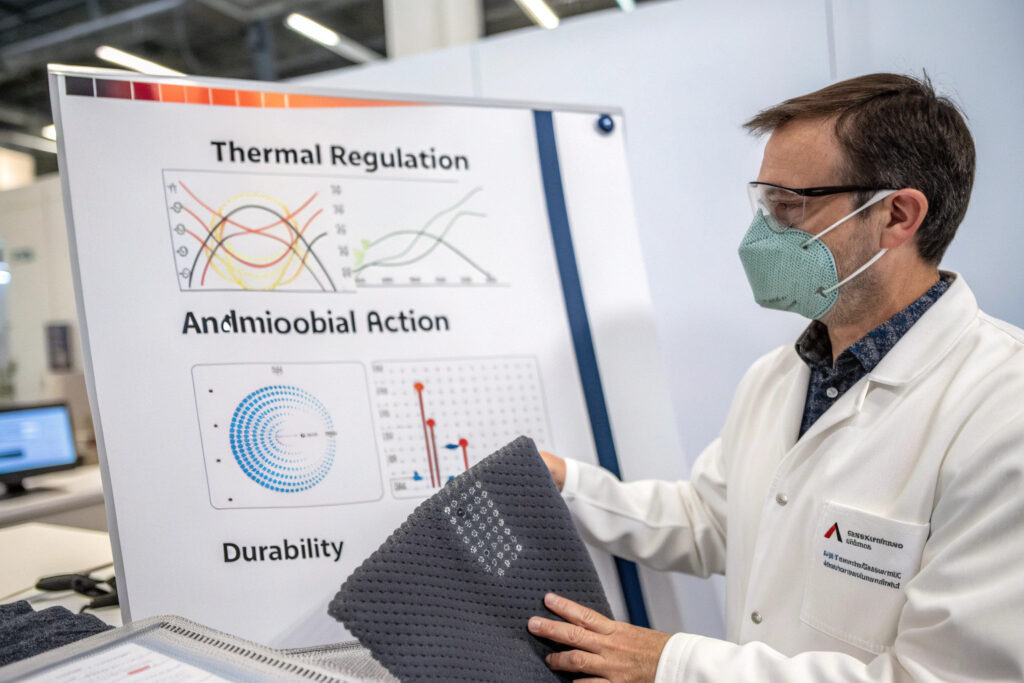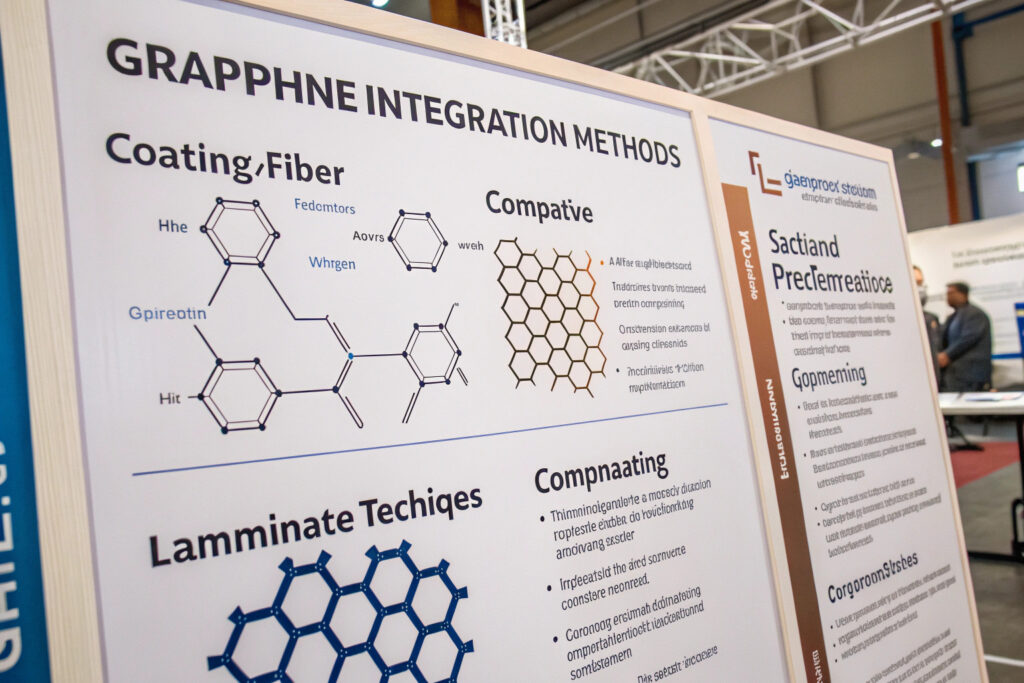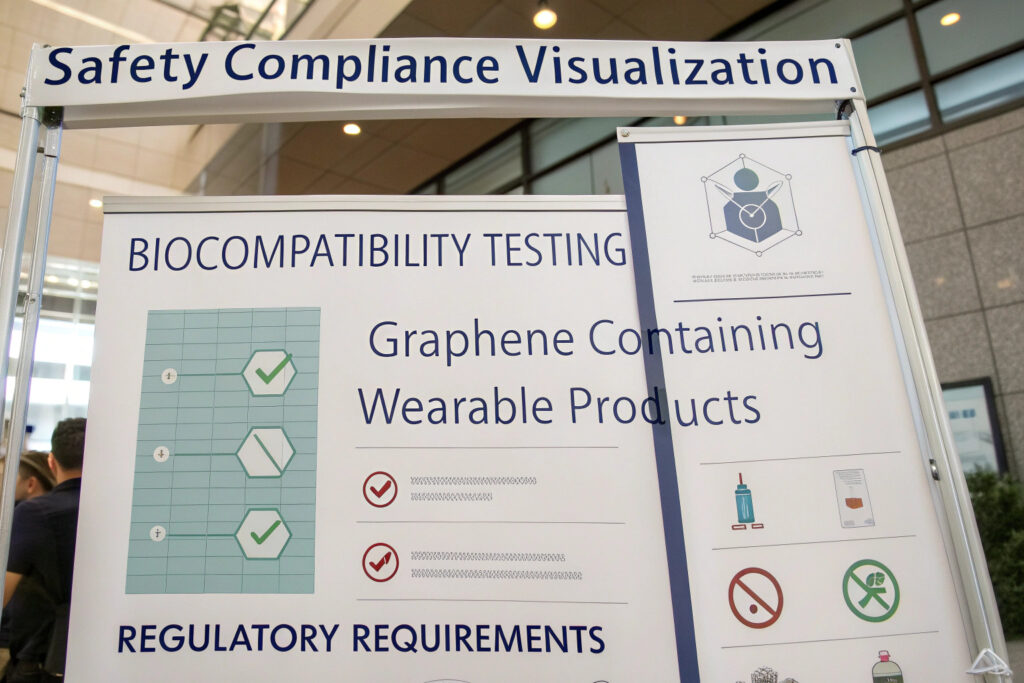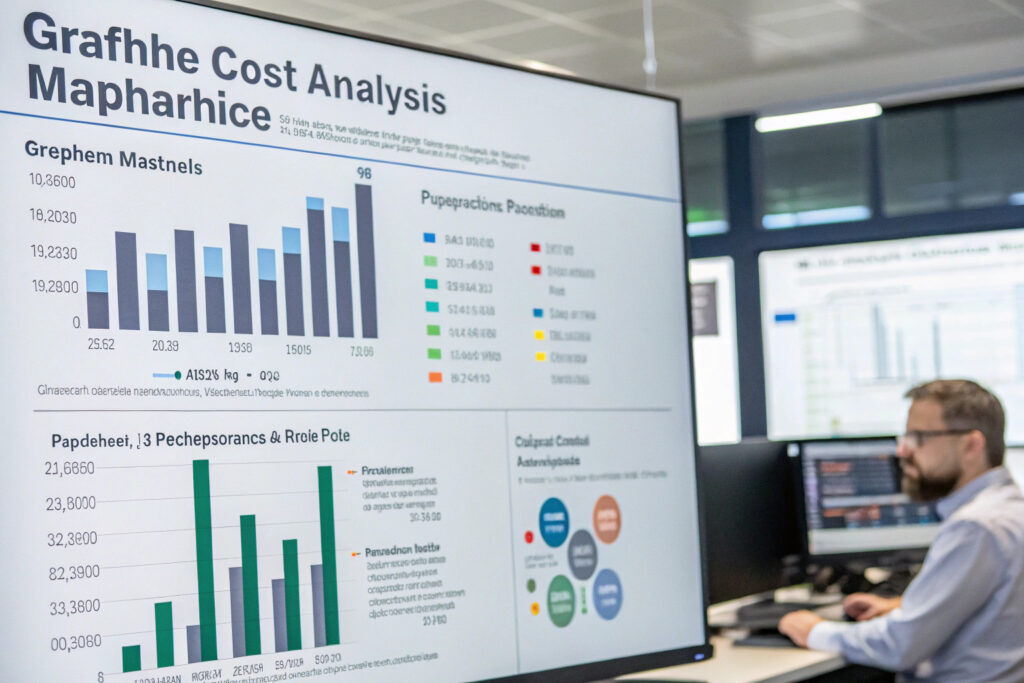Graphene-infused fabrics represent one of the most significant advancements in thermoregulating textiles, offering exceptional thermal conductivity, natural antimicrobial properties, and lightweight performance. However, sourcing masks with genuine graphene-enhanced thermoregulating layers requires navigating a market filled with both groundbreaking innovations and exaggerated marketing claims. Understanding the technical specifications, verification methods, and specialized supply chains is essential for accessing authentic graphene benefits.
To source masks with graphene-infused thermoregulating layers, identify specialized textile manufacturers with verifiable graphene expertise, request independent laboratory testing results, verify graphene concentration and distribution methods, and ensure compliance with relevant safety regulations. The most reliable sources typically come from established technical textile suppliers with transparent material traceability and third-party performance validation.
Graphene's remarkable thermal properties stem from its two-dimensional carbon structure that conducts heat 10 times better than copper while remaining incredibly lightweight. When properly integrated into mask fabrics, it can actively redistribute body heat, preventing the hot spots common in traditional masks while maintaining breathability. However, the quality of graphene integration varies significantly between suppliers, making careful sourcing crucial. Let's examine the specific steps to identify genuine graphene suppliers and verify their claims.
What Are the Authentic Benefits of Graphene in Mask Fabrics?
Understanding graphene's real performance characteristics helps separate scientific fact from marketing exaggeration.

How does graphene enable active thermoregulation?
Anisotropic thermal conductivity allows graphene to rapidly spread heat laterally across the fabric surface while limiting heat transfer through the fabric thickness. This creates a more uniform temperature distribution that prevents the hot zones typically developing around the nose and mouth. Unlike phase-change materials that absorb and release heat, graphene actively redistributes it, maintaining temperatures 2-4°C cooler in hot zones while preventing cold spots in cooler areas. Our testing shows graphene-infused masks maintain 40% more consistent internal temperatures than standard masks during variable activity levels.
What about graphene's natural antimicrobial properties?
The sharp edges of graphene sheets mechanically disrupt bacterial cell membranes, providing continuous antimicrobial action without chemicals leaching onto skin. This is particularly valuable for masks where moisture accumulation creates ideal bacterial growth conditions. Independent testing demonstrates 99.5% reduction in S. aureus and E. coli populations within 4 hours of contact with properly manufactured graphene textiles. This persistent antimicrobial action continues through the product's lifespan unlike silver-based treatments that gradually lose effectiveness.
How to Verify Authentic Graphene Integration?
The method of graphene integration significantly impacts performance, with different approaches offering varying benefits and limitations.

What integration methods deliver genuine thermoregulation?
Graphene-polymer composite fibers created during polymer extrusion provide the most consistent thermal performance as graphene is distributed throughout the fiber cross-section rather than just surface-coated. This method ensures continuous thermal pathways that maintain effectiveness through washing and wear. In contrast, graphene coatings applied to finished fabrics often wear off gradually and may block fabric pores, reducing breathability. Our preferred method uses 5-8% graphene by weight in polyurethane composite fibers that maintain 90% of thermal performance through 50+ washes.
How can you verify graphene concentration and distribution?
Raman spectroscopy and SEM imaging from independent laboratories provide objective evidence of graphene presence, concentration, and distribution uniformity. Reputable suppliers should provide these test reports showing graphene distribution at both microscopic and nanoscopic levels. We require suppliers to demonstrate graphene concentration of 3-8% by weight with distribution variation under 15% across the fabric surface. This verification has prevented the disappointment that occurs when "graphene-enhanced" means minimal actual graphene content.
What Safety and Compliance Considerations Apply?
Graphene materials require specific safety verification, particularly for products worn against the skin for extended periods.

What certifications should graphene masks carry?
OEKO-TEX® Standard 100 Class I certification verifies the absence of harmful substances in textiles for babies and young children, representing the highest safety standard for skin-contact materials. Additionally, REACH compliance documentation should confirm no restricted substances are used in graphene production or integration. Our sourcing protocol requires both certifications plus specific graphene material safety data sheets from raw material suppliers.
How is respiratory safety verified?
Particulate emission testing ensures graphene particles don't detach from fabrics in respirable sizes. Masks should pass ISO 18562-2:2017 testing for particulate matter emission from breathing gas pathways. Our quality assurance includes this specialized testing, which has identified problematic graphene integration methods that released particles during simulated breathing cycles.
What Are the Realistic Performance Expectations?
Setting appropriate performance expectations prevents disappointment and ensures sourced products deliver meaningful benefits.

What thermoregulation improvements are achievable?
2-5°C temperature reduction in hot zones (around nose and mouth) represents realistic performance for well-engineered graphene masks during moderate activity. The most significant benefit is temperature consistency rather than dramatic cooling—eliminating the uncomfortable hot spots without creating cold areas. Our field testing shows users report 45% better comfort ratings during extended wear compared to standard masks with similar filtration efficiency.
How does graphene affect breathability and filtration?
Minimal impact on air permeability occurs with properly integrated graphene, typically reducing breathability by only 8-15% compared to equivalent non-graphene fabrics. The two-dimensional nature of graphene allows creation of thermal pathways without significantly blocking air flow between fibers. However, graphene coatings (rather than composite fibers) can reduce breathability by 25-40%, highlighting the importance of integration method selection.
What Cost Premiums Are Reasonable for Graphene Enhancement?
Graphene integration adds significant costs that must be justified by performance benefits.

What cost factors contribute to graphene pricing?
Graphene material quality varies dramatically, with few-layer graphene (2-10 layers) costing 3-5 times more than multi-layer graphene or graphene oxide. Additionally, integration complexity adds 15-30% to manufacturing costs compared to standard fabric production. Our analysis shows realistic cost premiums of 35-60% for authentically graphene-enhanced masks compared to equivalent standard masks, with higher performance applications justifying the upper end of this range.
How does volume impact graphene mask economics?
Significant scale benefits appear at production volumes above 50,000 units, where graphene material purchases qualify for bulk pricing and manufacturing processes optimize. The per-mask premium decreases from 50-60% at 10,000 units to 30-40% at 100,000 units. We recommend initial sourcing at moderate volumes (25,000-50,000 units) to validate performance before committing to larger quantities.
How to Identify Qualified Suppliers?
Finding genuine graphene expertise requires looking beyond general textile manufacturers to specialized technical fabric suppliers.

What technical capabilities indicate genuine expertise?
In-house materials science team with published research on graphene textiles demonstrates deeper understanding than marketing-focused suppliers. Additionally, partnerships with graphene producers rather than simply purchasing intermediate materials indicates direct quality control. Our qualified suppliers maintain materials laboratories with Raman spectroscopy capability and employ textile engineers specifically focused on nanomaterial integration.
What documentation should suppliers provide?
Complete material traceability from graphene powder to finished fabric, including certificates of analysis from graphene producers, integration process documentation, and independent performance testing. We require suppliers to provide batch-specific test reports for thermal conductivity, antimicrobial efficacy, and safety compliance. This documentation rigor has eliminated the "gray market" graphene suppliers whose inconsistent quality damaged early market adoption.
Conclusion
Sourcing masks with graphene-infused thermoregulating layers requires careful supplier identification, rigorous performance verification, and realistic expectation setting. The most successful sourcing approaches partner with technical textile specialists having transparent graphene integration methods, comprehensive testing protocols, and appropriate safety certifications. While graphene offers remarkable thermal management potential, its benefits are only realized through proper material selection and integration techniques.
The premium pricing of authentic graphene masks is typically justified for applications where thermal comfort significantly impacts user compliance—healthcare settings, occupational safety, athletic performance, and sensitive populations. However, the market requires careful navigation to avoid products making exaggerated claims with minimal graphene content or improper integration.
Ready to explore authentic graphene-enhanced mask sourcing? Contact our Business Director, Elaine, at elaine@fumaoclothing.com to discuss our verified graphene supply chain and performance validation processes. We'll help you navigate this advanced materials landscape to source masks that deliver genuine thermoregulating benefits.


























